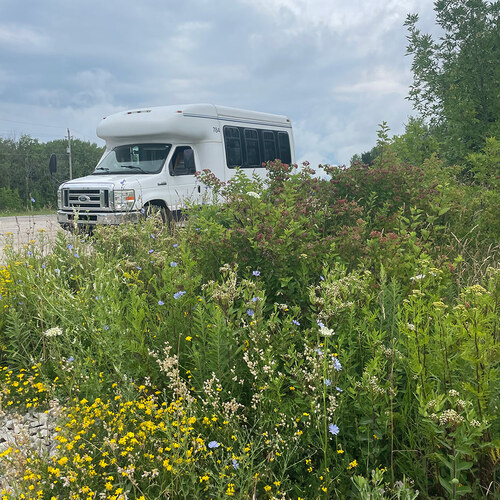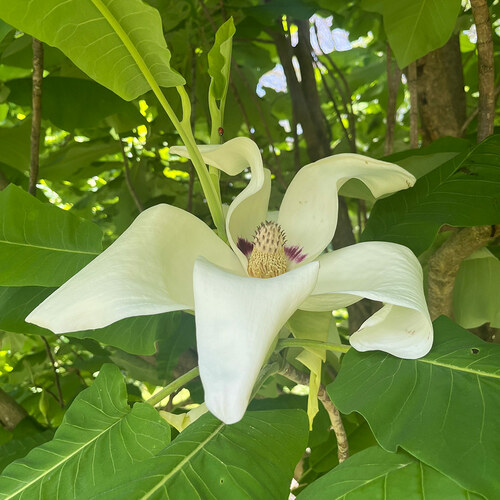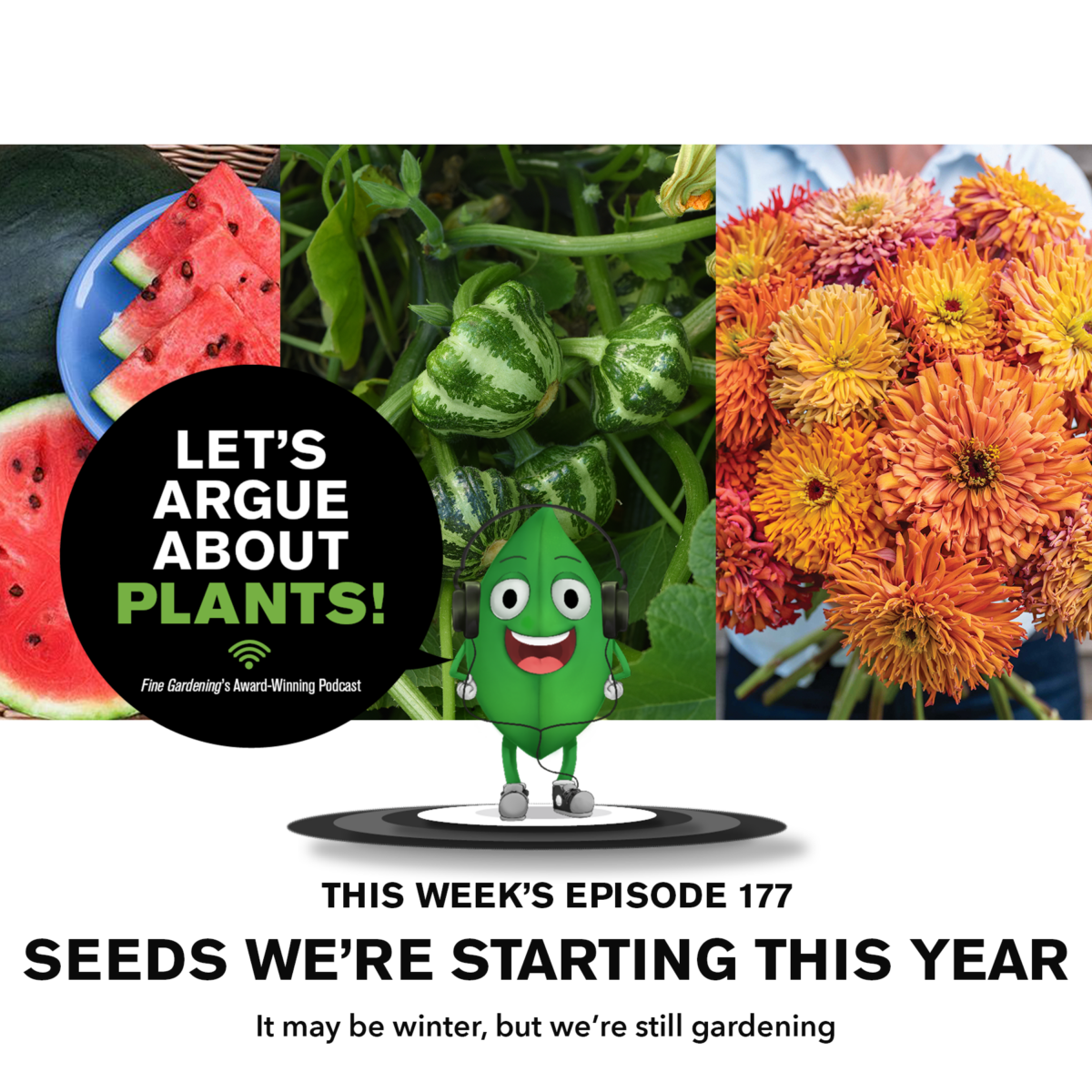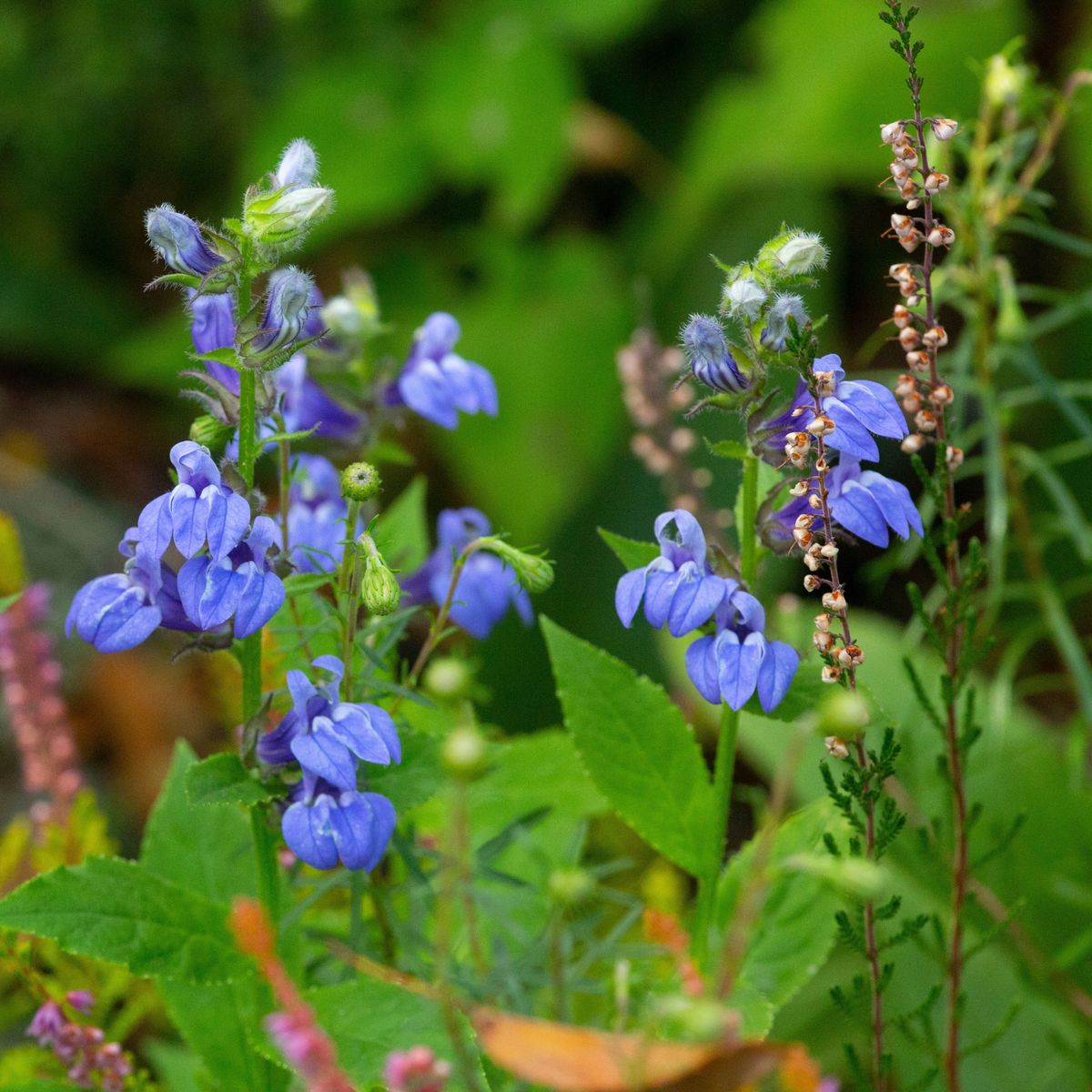Happy Friday, GPODers!
We have another installment of my travels through Canada last summer, and I want to dive into some of the wildflowers I spotted while traveling.
While rest stops and overnight parking lots are an unglamorous necessity of long-haul travel, I make a point to park in nature as often as I possibly can. Part of my routine when I find myself parked up at a new area is walking around and taking in all of the various plant life around me. This is partly for safety reasons (looking out for poison ivy, oak, sumac, giant hogweed, etc.) but mainly for pleasure. At the first sight of color or fascinating foliage, I’m taking my phone out and going in for a closer look.
Below are some of the first wildflowers I spotted on my trip, most of them being from Manitoulin Island, an island in Lake Huron in Ontario that is also the largest lake island in the world.
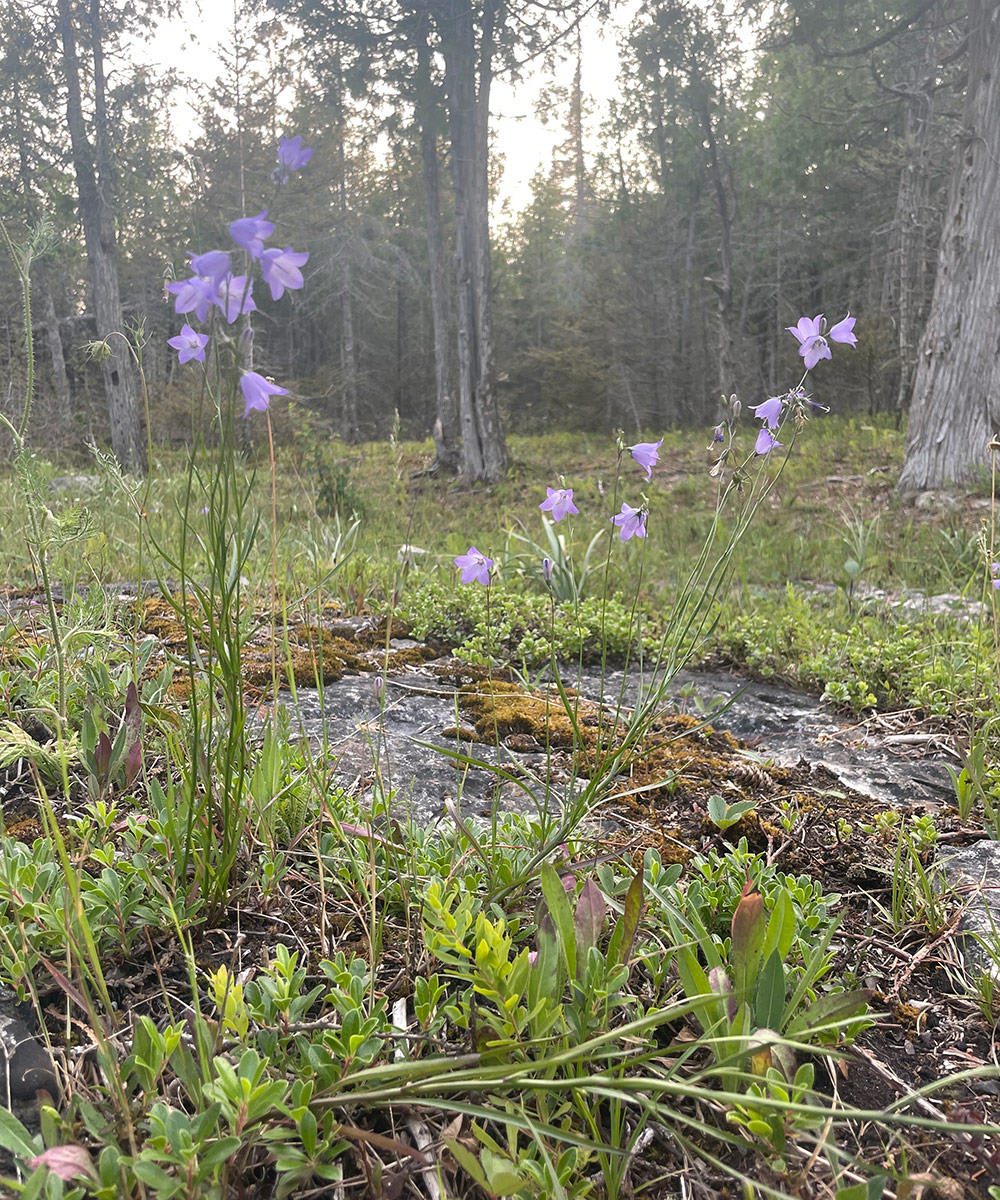 First up were some beautiful little harebell (Campanula rotundifolia, Zones 3–8) flowers that were right at the campsite I stayed at for a week. No matter what you call this adorable little plant (bellflower, Scottish bluebell, witch’s thimble, heathbells, fairies’ thimbles, etc.), it’s one you should spend some time learning more about. The native has a fascinating folklore in Scotland, where people believe witches squeezed juice from the flowers to turn into hares!
First up were some beautiful little harebell (Campanula rotundifolia, Zones 3–8) flowers that were right at the campsite I stayed at for a week. No matter what you call this adorable little plant (bellflower, Scottish bluebell, witch’s thimble, heathbells, fairies’ thimbles, etc.), it’s one you should spend some time learning more about. The native has a fascinating folklore in Scotland, where people believe witches squeezed juice from the flowers to turn into hares!
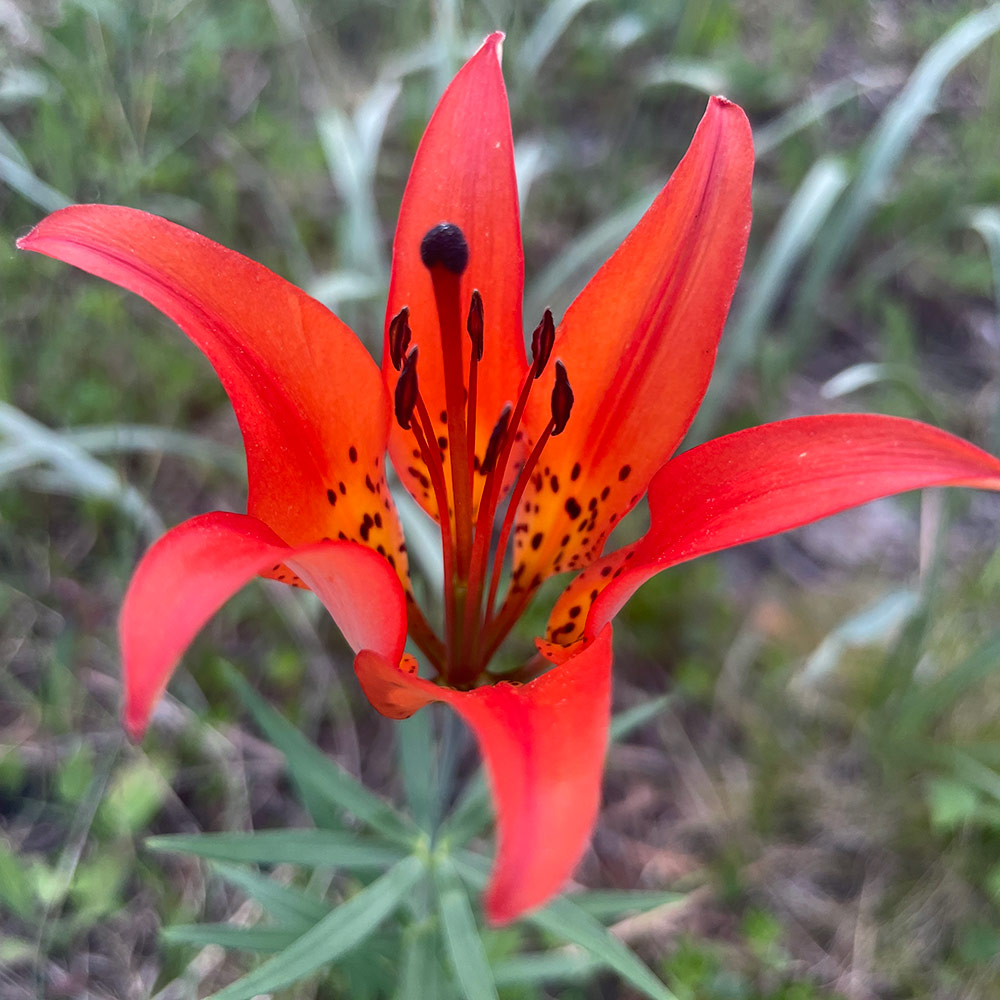 Though this flower looks like it would be right at home in the tropics, it is actually a North American native. Wood lily (Lilium philadelphicum, Zones 3–8) is one of the most widespread lilies in North America but used to be even more abundant. Though they are always tempting to pick, native wildflowers are much better admired than they are cut and brought home.
Though this flower looks like it would be right at home in the tropics, it is actually a North American native. Wood lily (Lilium philadelphicum, Zones 3–8) is one of the most widespread lilies in North America but used to be even more abundant. Though they are always tempting to pick, native wildflowers are much better admired than they are cut and brought home.
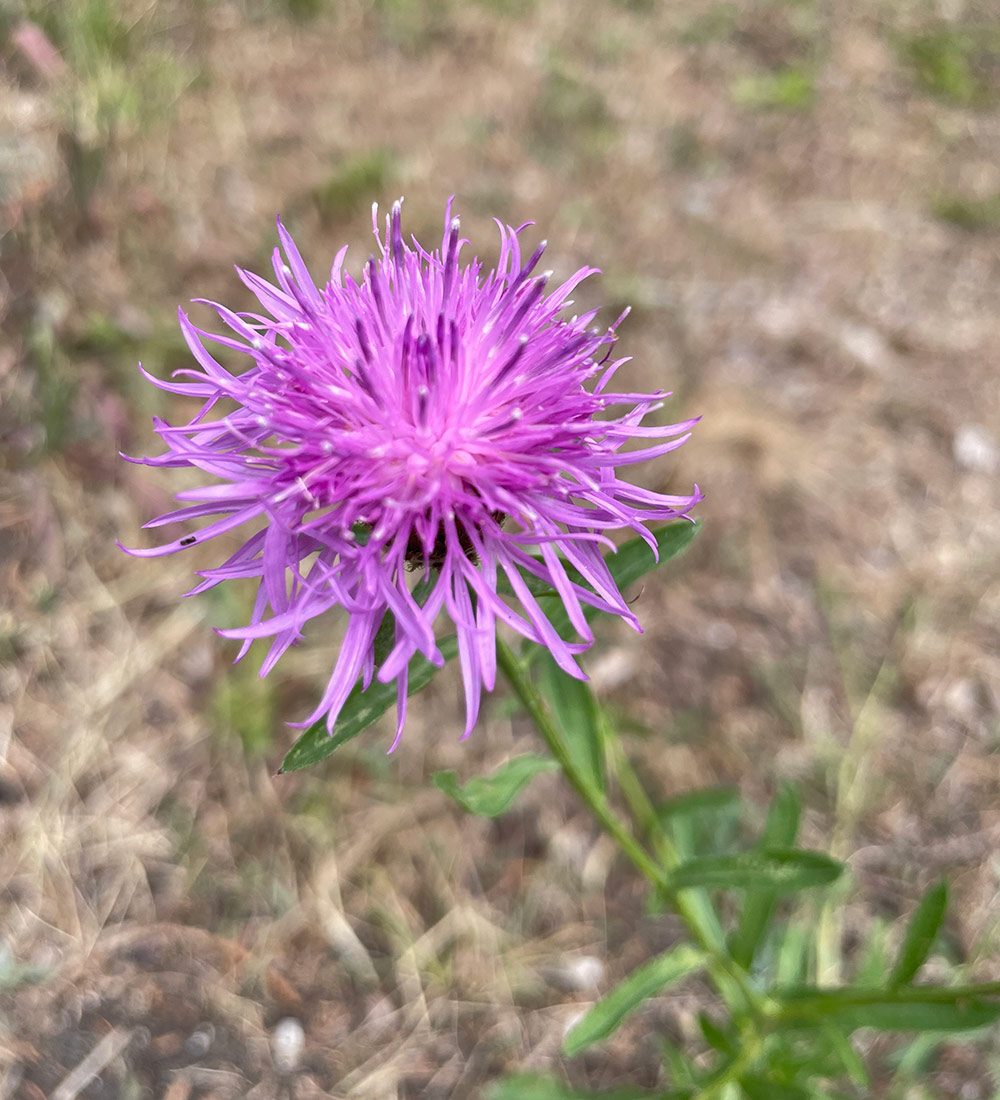 “Leave no trace”, however, does not apply to invasive plants. Though striking, this black knapweed (Centaurea nigra) is an aggressive, invasive weed. Seeing that this was (so far) one lone flower, I took the initiative to report the sighting to Ontario’s Invading Species Awareness Program and was able to safely remove the flower before it went to seed.
“Leave no trace”, however, does not apply to invasive plants. Though striking, this black knapweed (Centaurea nigra) is an aggressive, invasive weed. Seeing that this was (so far) one lone flower, I took the initiative to report the sighting to Ontario’s Invading Species Awareness Program and was able to safely remove the flower before it went to seed.
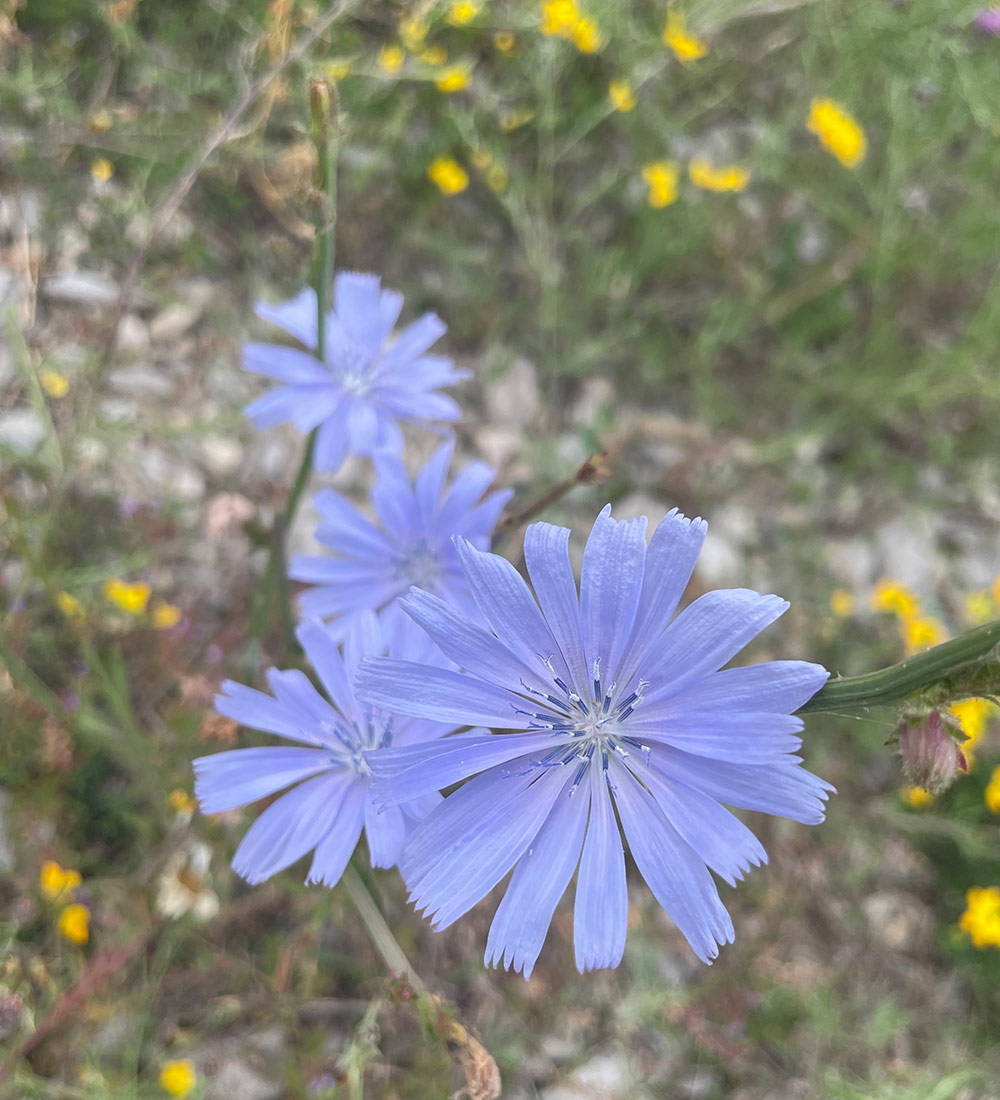 Another invasive I reported, but did not have the ability to remove, was this chicory (Cichorium intybus). Though a beautiful periwinkle-colored flower—with apparently a delicious, nutty flavor when roasted—this perennial herb should stay contained to the confines of a cultivated herb garden. Given that the plant is quite hardy and produces a large number of seeds, it can quickly take over natural landscapes.
Another invasive I reported, but did not have the ability to remove, was this chicory (Cichorium intybus). Though a beautiful periwinkle-colored flower—with apparently a delicious, nutty flavor when roasted—this perennial herb should stay contained to the confines of a cultivated herb garden. Given that the plant is quite hardy and produces a large number of seeds, it can quickly take over natural landscapes.
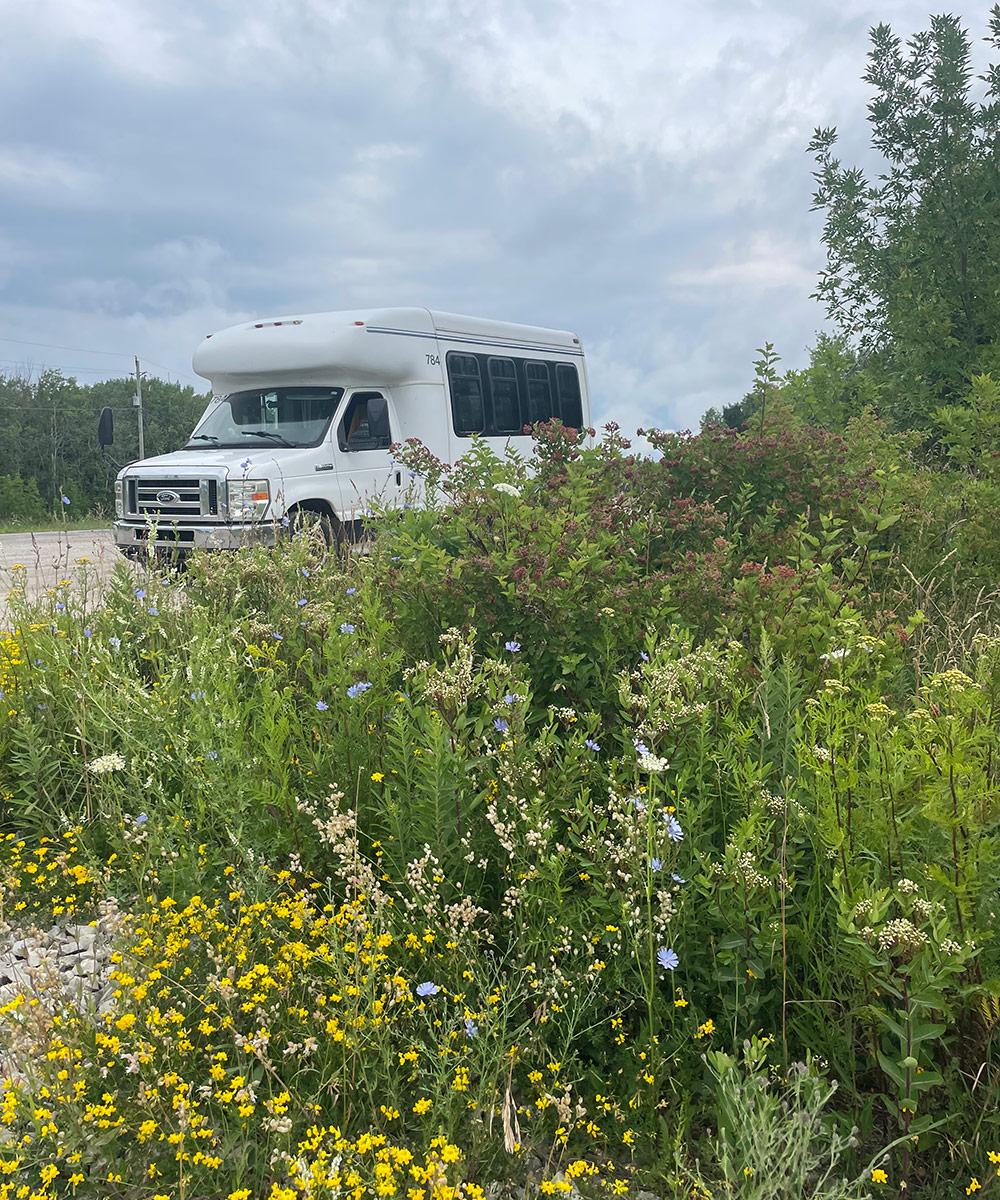 Caught in action—a short journey often turns into a longer one when I’m behind the wheel. If a pull-off has even the smallest scattering of plants, I will stop to investigate.
Caught in action—a short journey often turns into a longer one when I’m behind the wheel. If a pull-off has even the smallest scattering of plants, I will stop to investigate.
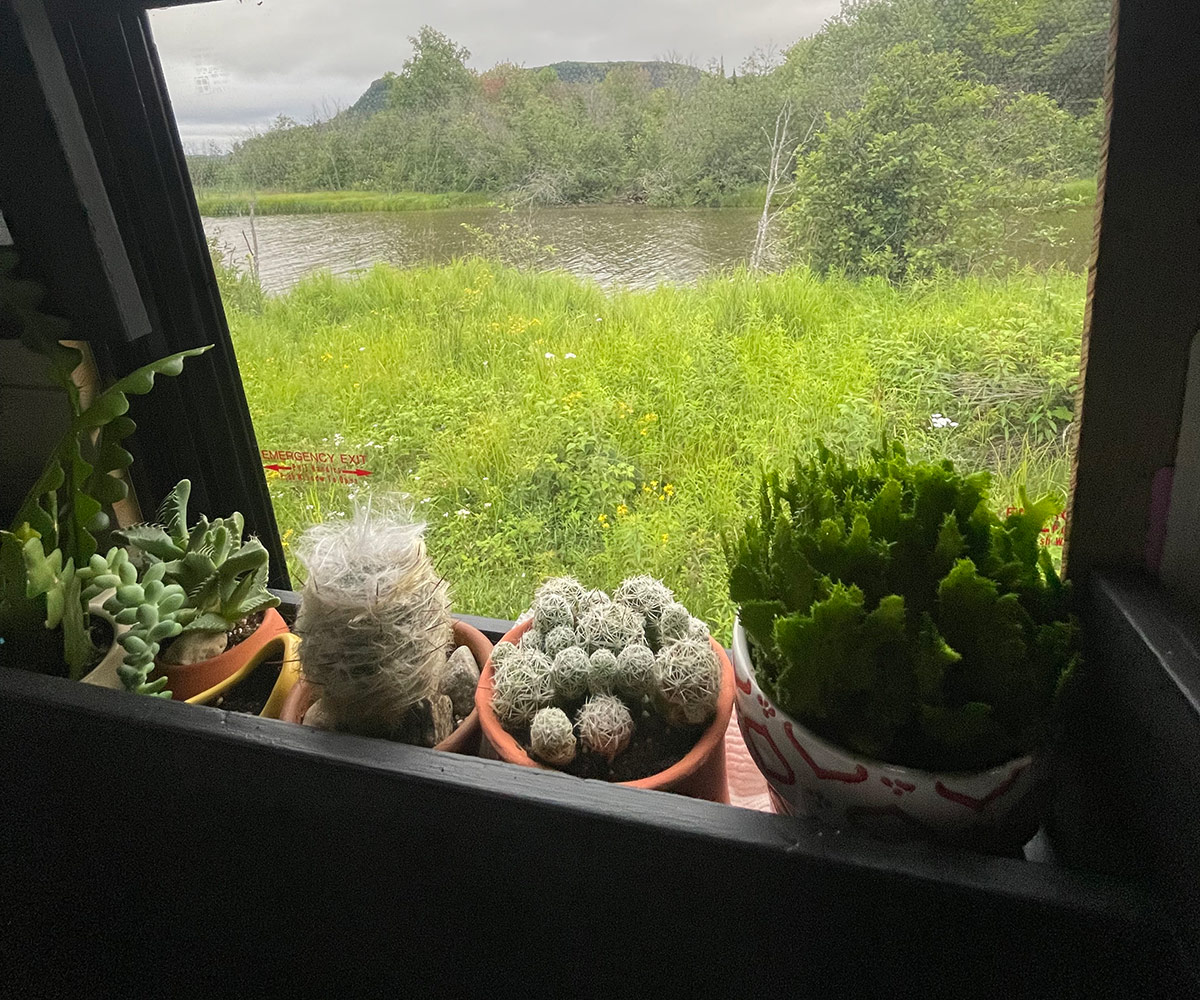 And when outdoor plant watching is done, my indoor plants get a little love too.
And when outdoor plant watching is done, my indoor plants get a little love too.
Thanks again for joining me as I reminisce on past plant adventures. Hope everyone has a plant- and garden-filled weekend!
Have a garden you’d like to share?
Have photos to share? We’d love to see your garden, a particular collection of plants you love, or a wonderful garden you had the chance to visit!
To submit, send 5-10 photos to gpod@taunton.com along with some information about the plants in the pictures and where you took the photos. We’d love to hear where you are located, how long you’ve been gardening, successes you are proud of, failures you learned from, hopes for the future, favorite plants, or funny stories from your garden.
Have a mobile phone? Tag your photos on Facebook, Instagram or Twitter with #FineGardening!
Do you receive the GPOD by email yet? Sign up here.

